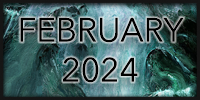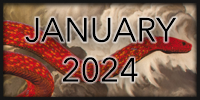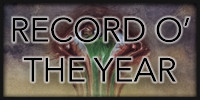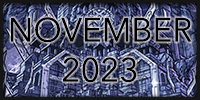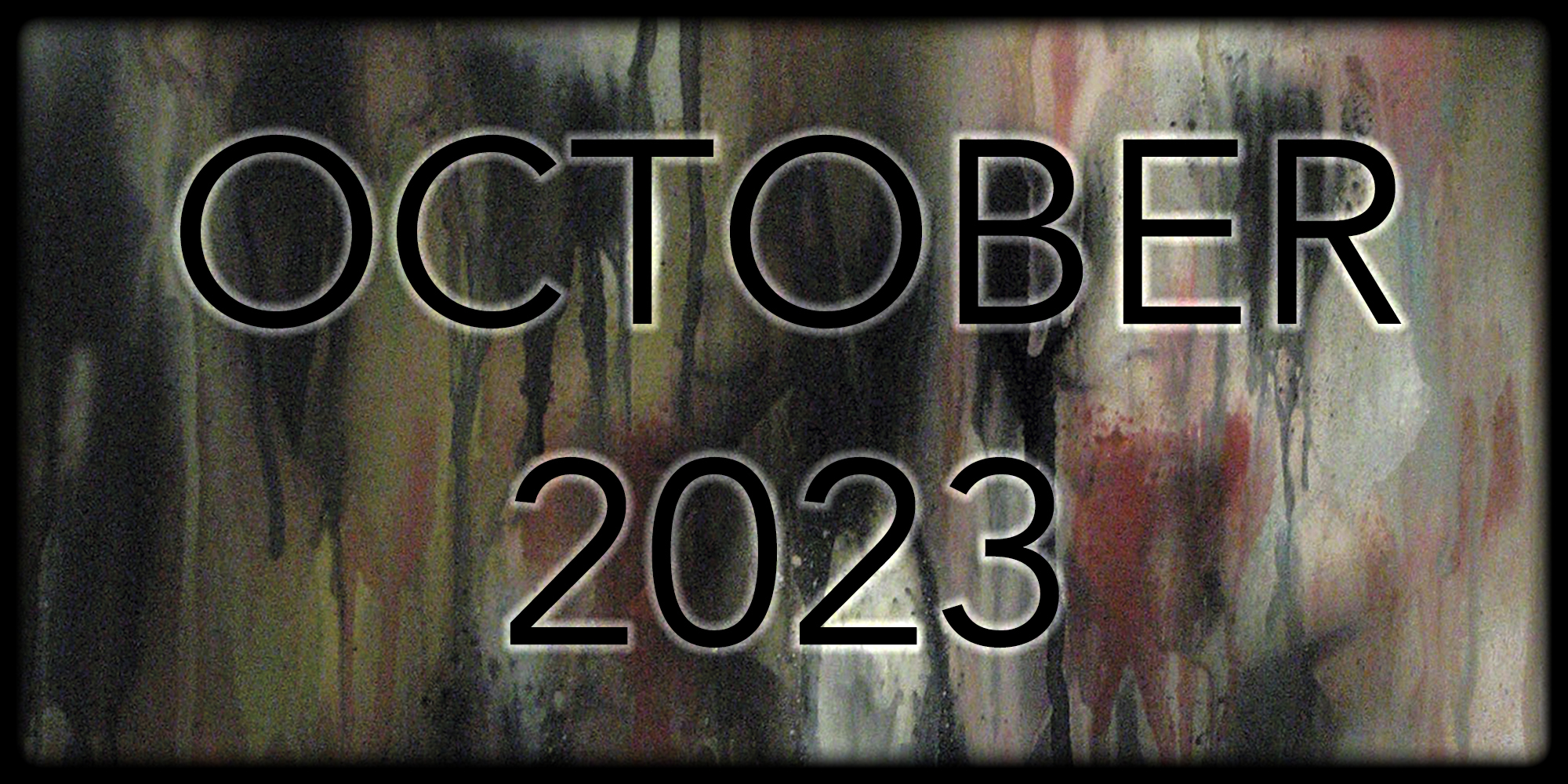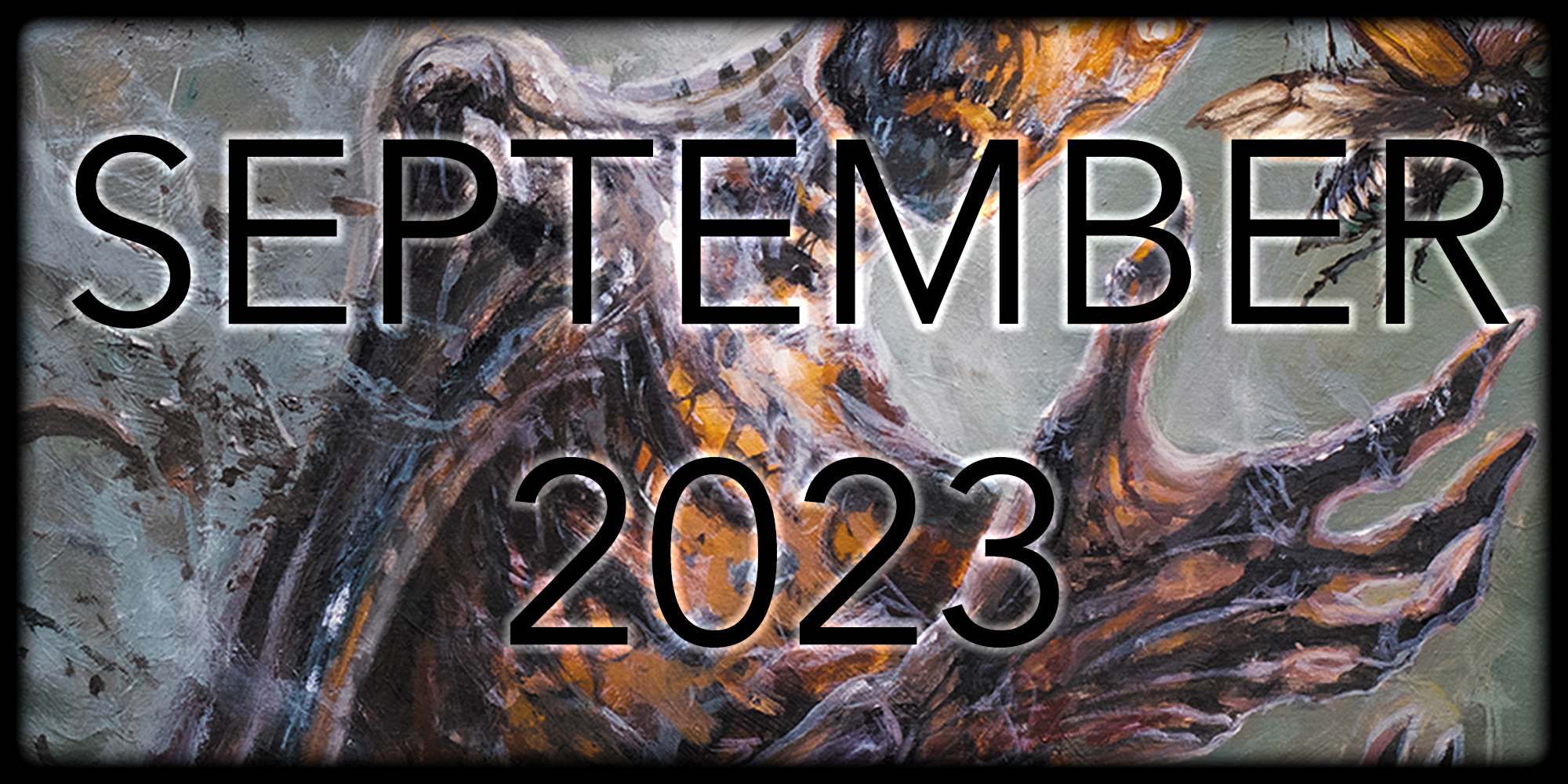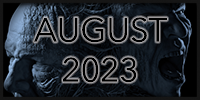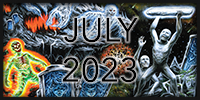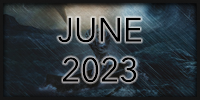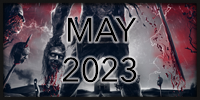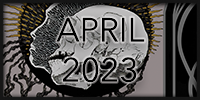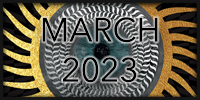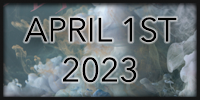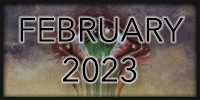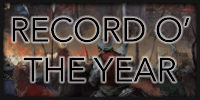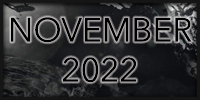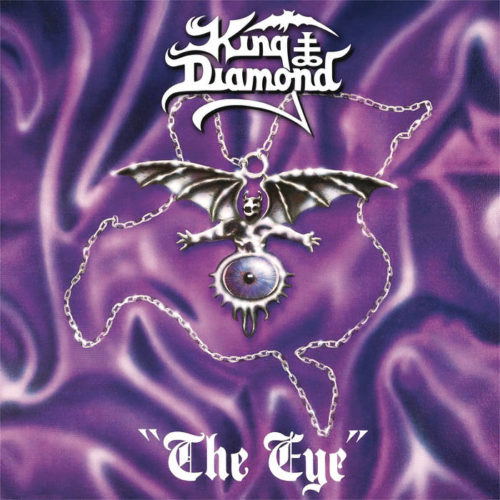 Every longtime band has one of those albums that fans can’t help but speak about as “the end of an era.” Some are due to founding members walking (or passing) away or the band making a drastic change in sound.1 After the passing of Cliff Burton, Metallica’s first three albums became the single greatest era in the band’s history. Vader losing Doc in 2005 and Decapitated losing Vitek in 2007 are a couple more examples of deaths ending eras. Then there’re examples like Fast Eddie Clarke walking away from Motörhead and the canning of Ozzy Osbourne by Black Sabbath. Anthrax, Exodus, Iron Maiden, and Judas Priest lost their vocalists, who psyched everyone out and returned later anyway. In some cases, end-of-era albums are more like transition pieces—bridging the gap between the band of old and the band of new. Arguably Metallica’s …And Justice For All fits the bill. It was clear that Justice was different, but it wasn’t until Metallica arrived that everyone saw what Justice really was. King Diamond’s The Eye is also such an album.
Every longtime band has one of those albums that fans can’t help but speak about as “the end of an era.” Some are due to founding members walking (or passing) away or the band making a drastic change in sound.1 After the passing of Cliff Burton, Metallica’s first three albums became the single greatest era in the band’s history. Vader losing Doc in 2005 and Decapitated losing Vitek in 2007 are a couple more examples of deaths ending eras. Then there’re examples like Fast Eddie Clarke walking away from Motörhead and the canning of Ozzy Osbourne by Black Sabbath. Anthrax, Exodus, Iron Maiden, and Judas Priest lost their vocalists, who psyched everyone out and returned later anyway. In some cases, end-of-era albums are more like transition pieces—bridging the gap between the band of old and the band of new. Arguably Metallica’s …And Justice For All fits the bill. It was clear that Justice was different, but it wasn’t until Metallica arrived that everyone saw what Justice really was. King Diamond’s The Eye is also such an album.
Though Pete Blakk wasn’t a longtime member, he recorded guitars alongside Andy LaRocque on the band’s pinnacled duo “Them” and Conspiracy. And, as far as anyone was concerned, he wasn’t going anywhere. Timi Hansen had been gone for a while, and Hal Patino was a more-than-capable bass player for the band. Another that looked like he would stay for some time. But, if these two weren’t King Diamond originals, Mikkey Dee was. From the time King professed there were “No Presents for Christmas,” Dee (and his unmistakable cymbal taps and bass-drum beat) was with him. That’s until he left for good following Conspiracy.2 This seemed a devastating blow for the band. But The Eye was in the capable hands of the absurdly-talented Snowy Shaw. Like the four full-lengths before it, it didn’t miss a beat—even with the band’s battery mate gone to join Lemmy as an official Motörhead.
But trouble was brewing. After The Eye, Snowy jumped across the gangplank to play for King’s other band, and Pete Blakk and Hal Patino walked. This was the end of the band’s five-year deal with Roadrunner Records, and the label chose not to support The Eye with a tour. And the production and songwriting dropped on King’s follow-up record, The Spider’s Lullabye. Not to mention, Lullabye is the first album since Fatal Portrait that’s not a full-concept release. King’s voice would also worsen with each release as he labored under the weight of King Diamond and Mercyful Fate touring schedules. But, at the time, no one knew things would change so much. Nor did anyone know that The Eye would be the swansong of the old King Diamond sound.
For The Eye, King delved into the Satanic, anti-Christian themes he was famous for in Mercyful Fate. Using the infamous Louviers Possessions as the basis for The Eye, he graces us with nuns that really don’t have fun. Drugged, sexually assaulted, and forced to perform unspeakable rituals and tortures to children, Louviers’ nuns became witches against their will. Witching concepts are nothing new to King as he covered plenty in old Mercyful Fate songs. Neither are stories involving children—as we know from older King releases and ones yet to come. And, of course, God-hating is a staple to the man and will come again in 2000’s House of God. But The Eye has it all. First, we’re introduced to a mysterious necklace called the Eye of the Witch in the opening track of the same name. Through its eye, we hear Jeanne Dibasson fry in the fiddling “Burn” and watch Madeleine Bavent seek revenge against Father David on “Into the Covent.” We also witness the death of two children in the creepy, harpsichord-driven “Two Little Girls” and bear witness to the fall of the Louviers convent in “1642 Imprisonment.”
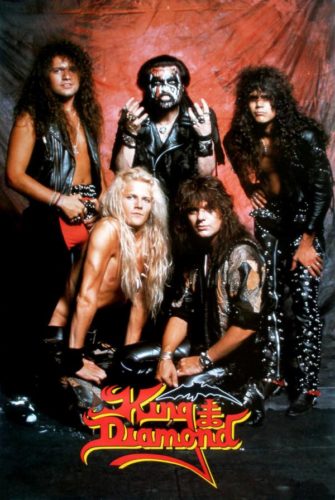 Throughout the album, we hear things from King Diamond; past and present. The snarling voice he uses on “Father Picard” comes from Conspiracy and will be used again from The Spider’s Lullabye to Voodoo. Gorgeous instrumentals like “Insanity” will find themselves closing albums like House of God and The Puppetmaster. Even the whipping harpsichord of the catchy “Behind the Walls” is familiar to anyone that’s heard Conspiracy’s “Cremation.” And, like previous releases, The Eye is full of riffs and impressive guitar shredding. Even the bass is audible in the mix—finding some standout moments on “Insanity.” Sadly, Mikkey Dee is sorely missed. While I wouldn’t say Shaw’s performance is lackluster, it is rather bland. I’m convinced if the drumming was stronger, The Eye would be one of my top two favorite Diamond releases. And to make matters even worse, there’s still a rumor out there that Snowy Shaw never actually recorded his drums, and what you hear is a drum machine…
Throughout the album, we hear things from King Diamond; past and present. The snarling voice he uses on “Father Picard” comes from Conspiracy and will be used again from The Spider’s Lullabye to Voodoo. Gorgeous instrumentals like “Insanity” will find themselves closing albums like House of God and The Puppetmaster. Even the whipping harpsichord of the catchy “Behind the Walls” is familiar to anyone that’s heard Conspiracy’s “Cremation.” And, like previous releases, The Eye is full of riffs and impressive guitar shredding. Even the bass is audible in the mix—finding some standout moments on “Insanity.” Sadly, Mikkey Dee is sorely missed. While I wouldn’t say Shaw’s performance is lackluster, it is rather bland. I’m convinced if the drumming was stronger, The Eye would be one of my top two favorite Diamond releases. And to make matters even worse, there’s still a rumor out there that Snowy Shaw never actually recorded his drums, and what you hear is a drum machine…
That said, The Eye was one of more a band effort that many previous releases. Even Blakk and Shaw have writing credits for the album—”Father Picard” for the former and “Into the Convent” for the latter. Both songs being just as good as the others on this solidly-constructed disc. But, as I said, The Eye marked the end of an era. And every time I hear it, I’m reminded of that. King Diamond was never the same after The Eye, and, like many old bands, fans remember the early era as the only era of the band.3 But The Eye did a damn fine job transitioning King to a new lineup and sound. The band even took many of this album’s elements on to hone and perfect on later albums. Released on All Hallow’s Eve Eve in 1990, may The Eye keep Halloween going into the new year.

